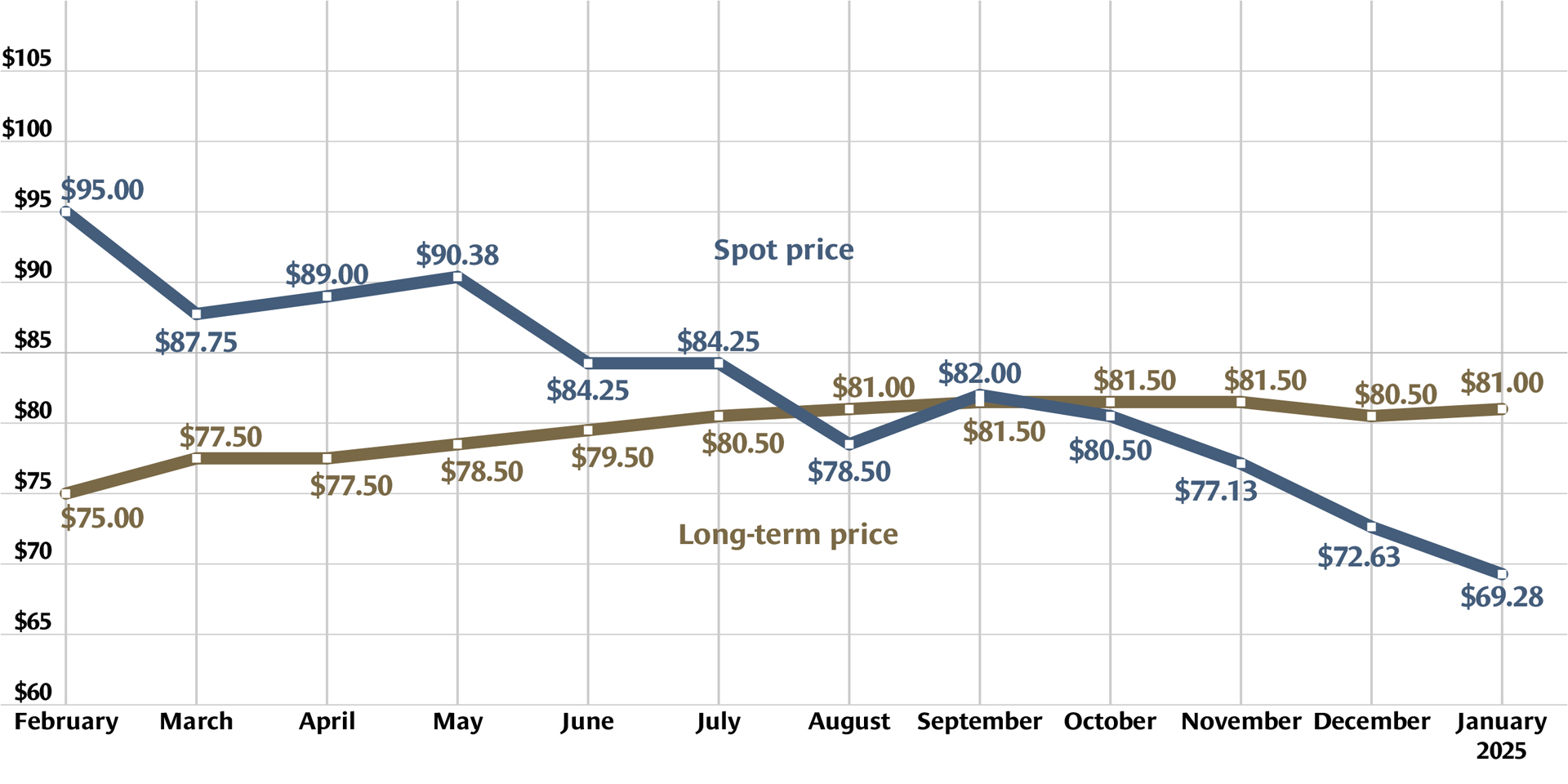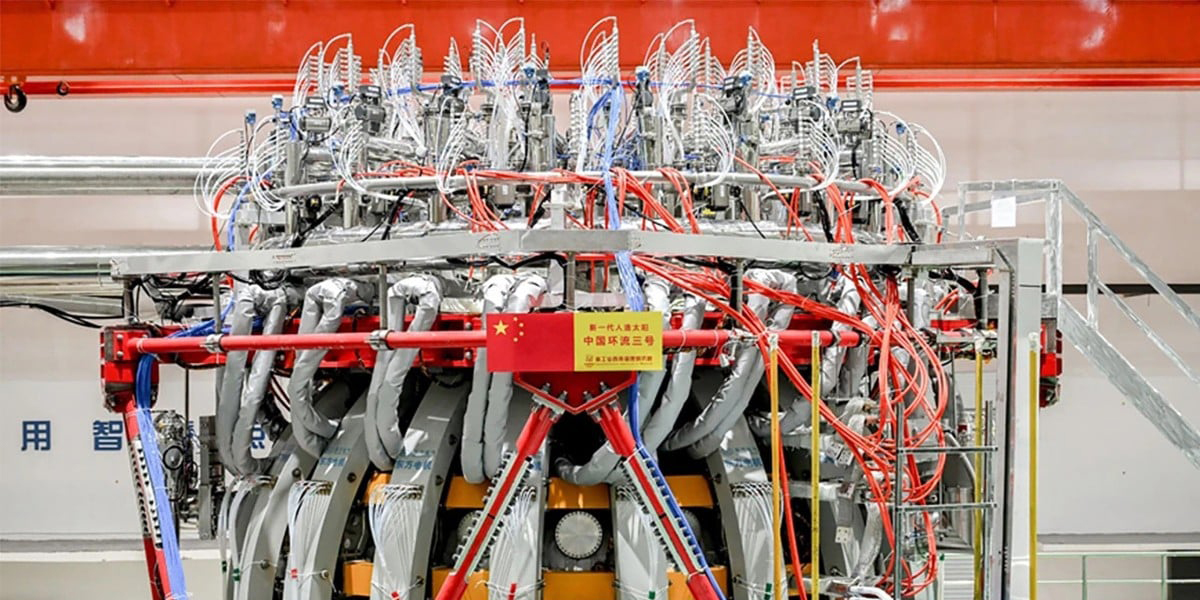The first of four planned Chinese-made Hualong-1 units at the Zhangzhou nuclear power plant began operation earlier this year. (Photo: China National Nuclear Corporation/Xinhua)
As trade negotiations are in the works between the United States and China, Washington, D.C., has the advantage in semiconductors but nuclear power is a different story, according to a June 9 article in the Hong Kong–based South China Morning Post.
A still shot from the Senate ENR Hearing to Examine Fusion Energy Technology Development.
Hours before the Senate Committee on Environment and Natural Resources (ENR) opened a scheduled September 19 hearing on fusion energy technology development, CNN published an article titled “The US led on nuclear fusion for decades. Now China is in a position to win the race.” The article was entered into the hearing record, but senators had already gotten the message.
Nuclear power plants in operation or under construction as of May 2024. (Source: IAEA)
The recent article “How Innovative Is China in Nuclear Power?” published by the Information Technology and Innovation Foundation (ITIF) describes how China has become the world’s leading proponent of nuclear energy. The reason, the article maintains, is because its nuclear industry has been “supported by a whole-of-government strategy that provides extensive financing and systemic coordination.”
Workers install the core module of Linglong One, the world's first commercial SMR, at a nuclear power plant in Changjiang Li autonomous county, Hainan province, in August 2023. (Photo: Zhang Liyun/chinadaily.com.cn)
China is on pace to add as many as 10 reactors a year and may surpass the United States’ total nuclear capacity by 2030.
As part of this growth, construction is wrapping up this month on the world’s first onshore commercial modular pressurized water reactor—Linglong One, which is located in the Hainan province. That’s according to China Metallurgical News, an established news unit reporting on China’s industrial chain.
The HL-2M tokamak reactor, developed by the CNNC’s Southwestern Institute of Physics. (Photo: CNNC)
The government of China has formed a new national industrial consortium focused on the development and advancement of nuclear fusion technology, news outlets have reported.
Africa is home to 1.5 billion people in 54 countries living on 12 million square miles. The economies of many of these countries are hobbled by a general dearth of energy that nuclear could solve without adding to the harm of global warming.
The World Nuclear Association and the African Commission on Nuclear Energy (AFCONE) last year signed a memorandum of understanding to encourage the use of nuclear energy in support of economic growth and sustainable energy development in Africa.
Treated water is safer than world standards, essential for decommissioning
Washington, D.C. – The American Nuclear Society (ANS) supports the start of Japan’s controlled release of re-treated, diluted tritium wastewater into the sea from the Fukushima Daiichi Nuclear Power Plant (NPP), which sustained damage in the aftermath of a 2011 earthquake and tsunami.
















